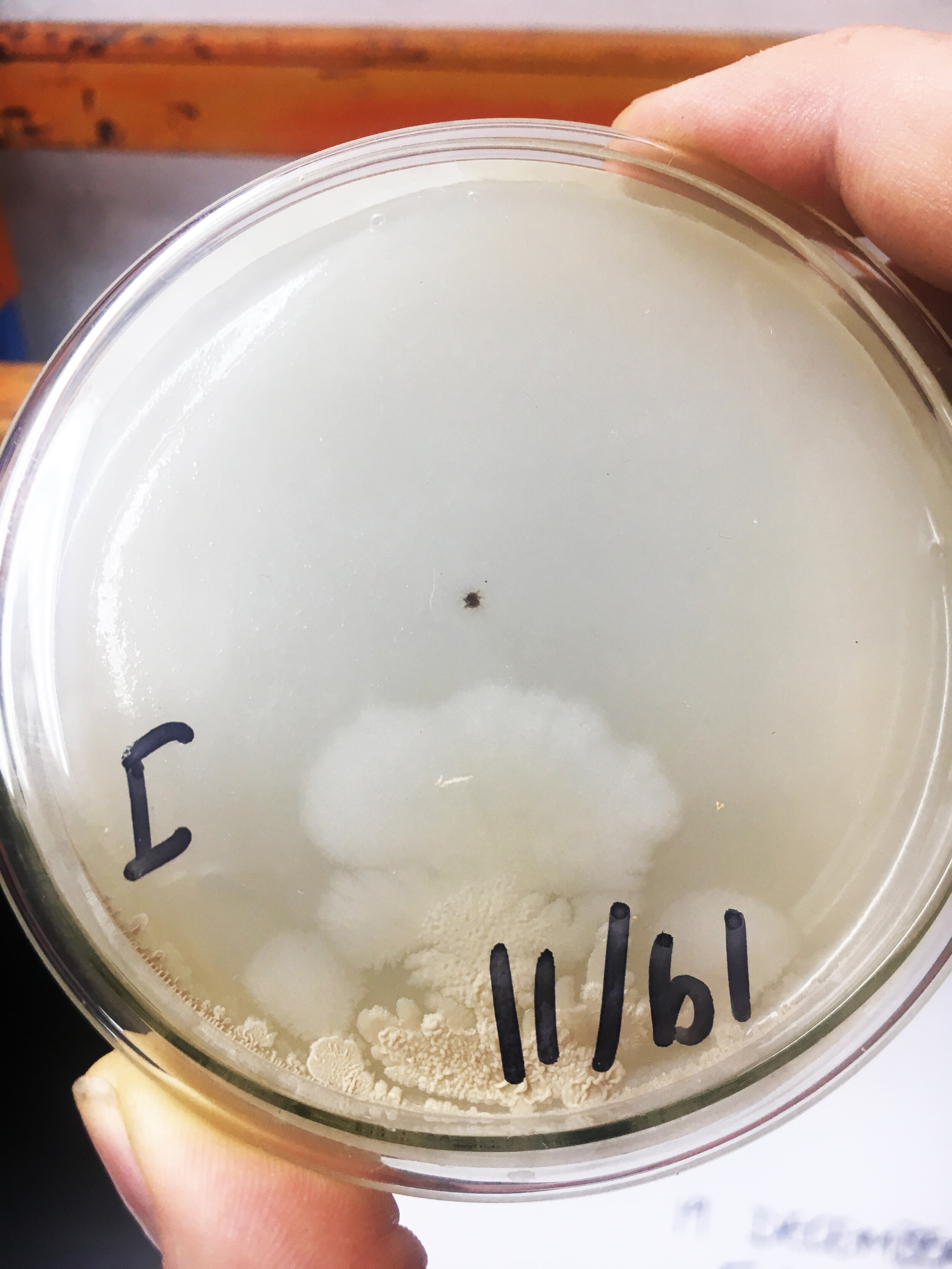“Directing the growth of mushroom fibers may not sound like a big deal, but this evolution in biofabrication stands to transform the way we manufacture, consume and live.” - Eben Bayer.
For over a year now we have been experimenting with mycelium composites and developing mycelium based biodegradable materials in our laboratory at Mycelium Studios. The first stage is hyphae growth from spawn inoculation in agar, forming into Mycelium. Through a design research and development process we achieved proof of concept, growing mycelium through reclaimed sawdust, coffee husks, corn husks, and a variety of other recycled materials. We have refined the process and are producing outcomes with fine mold detail and surface finish. Our grow time has reduced from 5 weeks to approximately 10 days and we are currently developing the following products and structures: - Various packaging solutions - Beer stubby holder - Cooler or esky - Lighting and furniture products - Construction based materials - A temporary geodesic structure and exhibition space for Melbourne Design Week. The application of mycelium as a viable biodegradable material is gaining traction globally, and we are excited to be on the cusp of the revolution.
This work is a collaboration that explores a shared belief in the need for biomimicry and ecological design to drive transitioning to a climate adapted future. Within this, the overhaul of industrial systems to be closed loop, whilst engaging in finding creative, possible and rapidly scalable solutions to deal with the mess we have created. These shared beliefs are combined with a deep curiosity, a joy in experimentation and now a shared love for mycelium as a material. The nexus of the group brings together established designers, ecologists, makers, and creative thinkers to explore the material, experiment with it as a scaled manufacturing process and develop new products and design methods. Team — Tom Honeyman, Jeremy Taylor, Brendan Morse, Victor Legin, Jesse Prichard, Ed Linacre and Philippa Abbott
Bio-materials Laboratory: MycoLab





